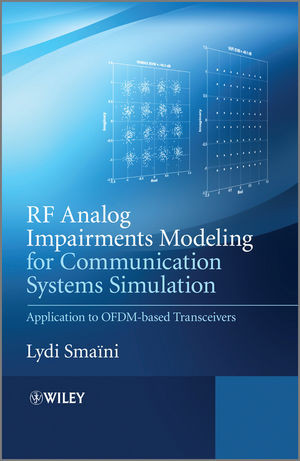

Most ebook files are in PDF format, so you can easily read them using various software such as Foxit Reader or directly on the Google Chrome browser.
Some ebook files are released by publishers in other formats such as .awz, .mobi, .epub, .fb2, etc. You may need to install specific software to read these formats on mobile/PC, such as Calibre.
Please read the tutorial at this link: https://ebookbell.com/faq
We offer FREE conversion to the popular formats you request; however, this may take some time. Therefore, right after payment, please email us, and we will try to provide the service as quickly as possible.
For some exceptional file formats or broken links (if any), please refrain from opening any disputes. Instead, email us first, and we will try to assist within a maximum of 6 hours.
EbookBell Team

5.0
98 reviewsWith the growing complexity of personal mobile communication systems demanding higher data-rates and high levels of integration using low-cost CMOS technology, overall system performance has become more sensitive to RF analog front-end impairments. Designing integrated transceivers requires a thorough understanding of the whole transceiver chain including RF analog front-end and digital baseband. Communication system engineers have to include RF analog imperfections in their simulation benches in order to study and quantify their impact on the system performance.
Here the author explores key RF analog impairments in a transceiver and demonstrates how to model their impact from a communication system design view-point. He discusses the design aspects of the front end of transceivers (both receivers and transmitters) and provides the reader with a way to optimize a complex mixed-signal platform by taking into account the characteristics of the RF/analog front-end.
Key features of this book include:
Uniquely the book bridges the gap between RFIC design specification needs and communication systems simulation, offering readers RF analog impairments modeling knowledge and a comprehensive approach to unifying theory and practice in system modelling. It is of great value to communication systems and DSP engineers and graduate students who design communication processing engines, RF/analog systems and IC design engineers involved in the design of communication platforms.
Content: